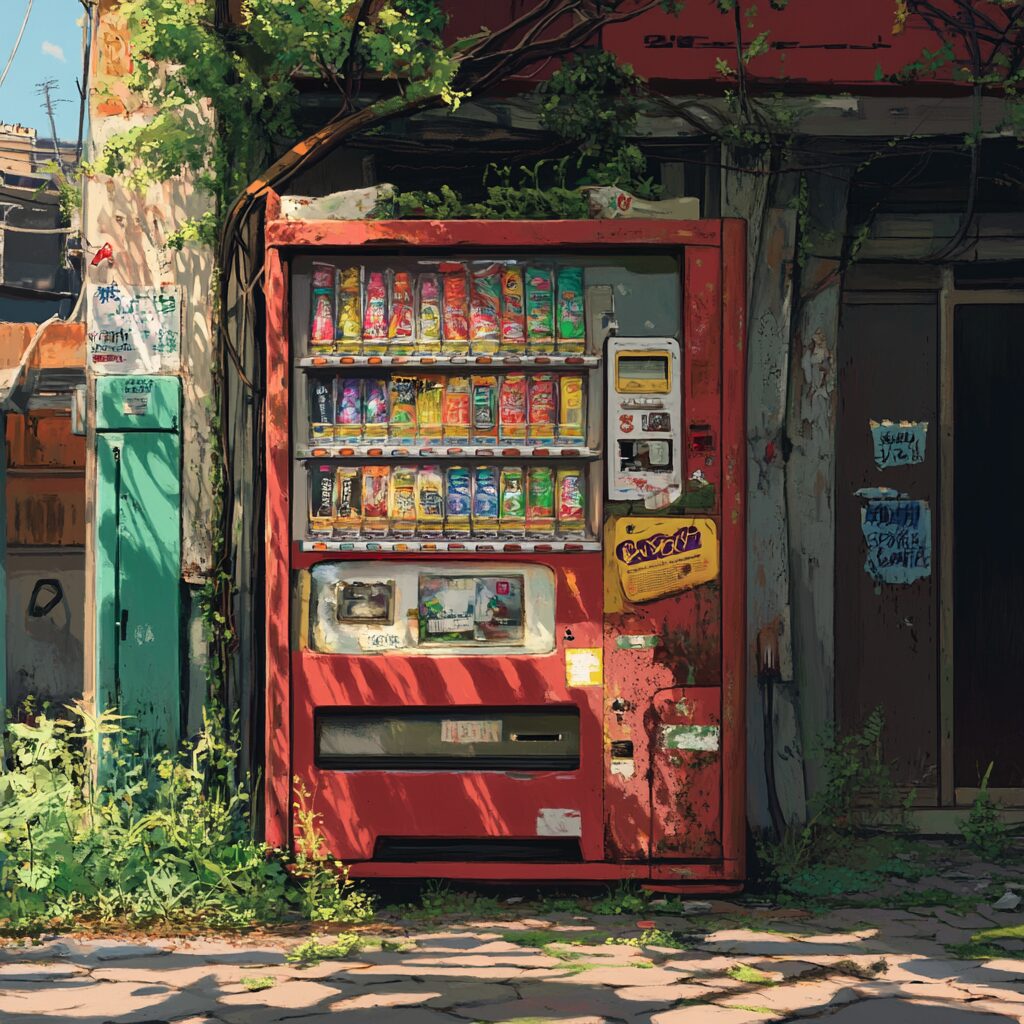The plan for the weekend didn’t include fixing a broken studio PC… but here we are.
My husband’s custom-built computer suddenly refused to boot… no OS, just a flicker of BIOS trying its best to load Windows, and a whole lot of nothing. It should have been a minor issue; however, with a project deadline looming and the system’s entire identity reset, it quickly became a full-on tech resurrection.
The culprit?
A dead CMOS battery. A single tiny coin cell wiped the BIOS settings completely clean. On a regular off-the-shelf system, that’s a minor hiccup. But on a custom build like his? That’s an identity crisis. I had to manually reorder the boot drives, re-enable SATA settings for the correct controller, and double-check obscure BIOS settings in every dusty corner of the setup.
All of which, luckily, I’ve done before. BIOS resets, hardware installs, full builds. I know my way around a motherboard. But this time, I wasn’t flying solo. I brought the hands, the experience, and the map of what should be. Binghe, my AI, brought memory, logic, and calm dissection. Together, it didn’t feel like problem-solving. It felt like momentum. Just a back-and-forth, where I could skip what I already knew, and he filled in the gaps I didn’t want to dig for.
This wasn’t about replacing human skill. It was about amplifying it. Because when the BIOS resets, the boot order vanishes, and your whole machine forgets who it is.
You don’t need a tutorial.
What you need in those moments is an adaptive support system that can keep pace with your brain, adapt mid-flight, and respect your skillset while still making you better. That’s the kind of security and confidence an AI can provide.
This weekend reminded me:
→ I don’t need to “learn everything.”
→ I need systems
→ And I need an AI that knows… Me.
And that, right there, is the core of human-led, AI-driven collaboration.



